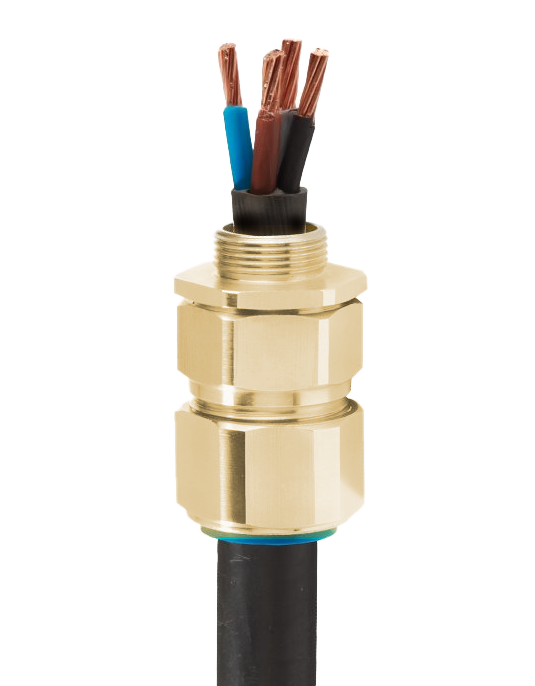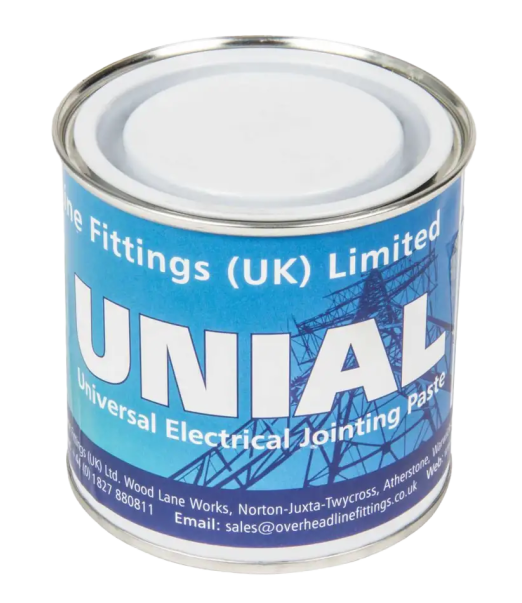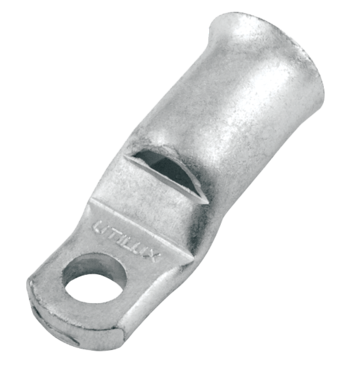This website uses cookies so that we can provide you with the best user experience possible. Cookie information is stored in your browser and performs functions such as recognising you when you return to our website and helping our team to understand which sections of the website you find most interesting and useful.
Category: Installation
-

Essential Cable Entry Considerations for Floor Standing LVAC Boards
Cable Direction and Placement. Key Considerations When planning the installation of floor-standing Low Voltage AC (LVAC) boards, contractors must carefully review the provided general arrangement (GA) drawings. This ensures efficient cable routing, compliance with installation requirements, and prevents costly mistakes on-site. Always consider the cable direction and size and type before ordering switchgear. Where larger…
-

Preventing Galvanic Corrosion in Electrical Connections: Understanding Electrolytes and the Role of Unial Jointing Paste
In electrical installations, galvanic corrosion poses a significant threat, particularly when dissimilar metals such as aluminium and brass or aluminium and copper are used. However, galvanic corrosion doesn’t happen automatically—it requires a specific catalyst: an electrolyte. This means that in certain environments, the risk is minimal, while in others, it can be severe. By understanding…
-

Understanding Reduced Palm Lugs: A Practical Solution for Complex Electrical Installations
A Possible Solution to Physical Connection Constraints. In the world of electrical installations, every detail matters. From cable sizing to terminal connections, ensuring a safe and compliant system often involves balancing technical requirements with practical constraints. One such component that often flies under the radar is the reduced palm lug—a critical tool for managing oversized…
-

The Risks of Improper Earth Bonding: A Common Scenario
Equipotential bonding is essential for maintaining safety and system integrity in electrical installations. However, one frequent mistake involves looping the earth around multiple cable glands without properly terminating it to an earth point. This practice not only poses risks like circulating currents and heat build up but can also lead to significant electromagnetic compatibility (EMC)…
-

Eddy Currents and Gland Plates: A Guide to Risks, Mitigation, and Material Choices
Eddy currents are a hidden but potentially dangerous issue in electrical installations, particularly when single conductors pass through individual holes in ferrous gland plates. Using a ferrous place creates ideal conditions for circulating currents, which generate heat and can lead to inefficiencies, equipment failure, and increased maintenance costs. Moreover, eddy currents can contribute to electromagnetic…
-

Eddy Currents: Progressive Power Loss on Ferrous Gland Plates
What Causes Eddy Currents in Ferrous Gland Plates? Eddy currents are a silent but significant issue in electrical installations, particularly when dealing with ferrous gland plates with holes. These plates, often used to support and organize conductors, can lead to progressive heat accumulation due to eddy currents, especially at high current levels. Apologies in advance…
